How to Resolve Hard Drive Not Found Issues in BIOS
- Home
- Support
- Tips Data Backup
- How to Resolve Hard Drive Not Found Issues in BIOS
Summary
The article provides a guide for resolving hard drive detection issues in BIOS. It outlines steps to check the hard drive status in BIOS settings, update the BIOS, load default BIOS settings, enable Compatibility Support Module (CSM), verify storage specifications, and confirm hardware connections. The instructions aim to help users troubleshoot and resolve situations where their computer's BIOS fails to detect hard drives, SSDs, or M.2 devices.
Table of contents
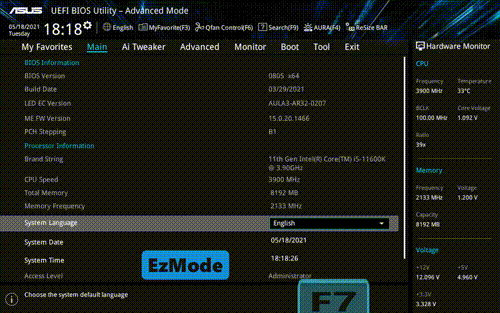
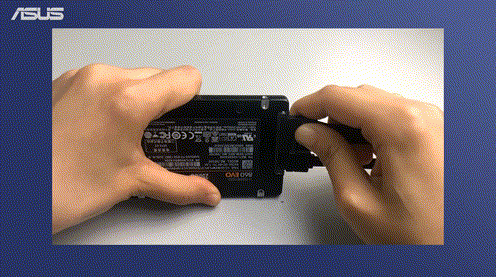

Automatic 4K alignment Improves SSD performance during system migration.
Support GPT and MBR Automatically adapt to the suitable partition format.
Support NTFS and FAT32 Redeploy various files in different file systems.
Back up quickly Back up files at up to 3,000MB/min.
Overall backup schedule Support system redeployment/system backup/partition backup/disk backup/disk clone.
Automatic 4K alignment Improve SSD performance
Support GPT and MBR Intelligently adapt to a partition format
Support NTFS and FAT32 Redeploy files in different file systems
Free TrialFree TrialNow 2000 people have downloaded!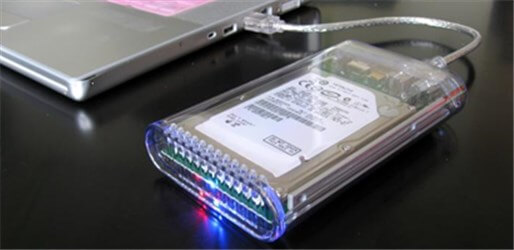
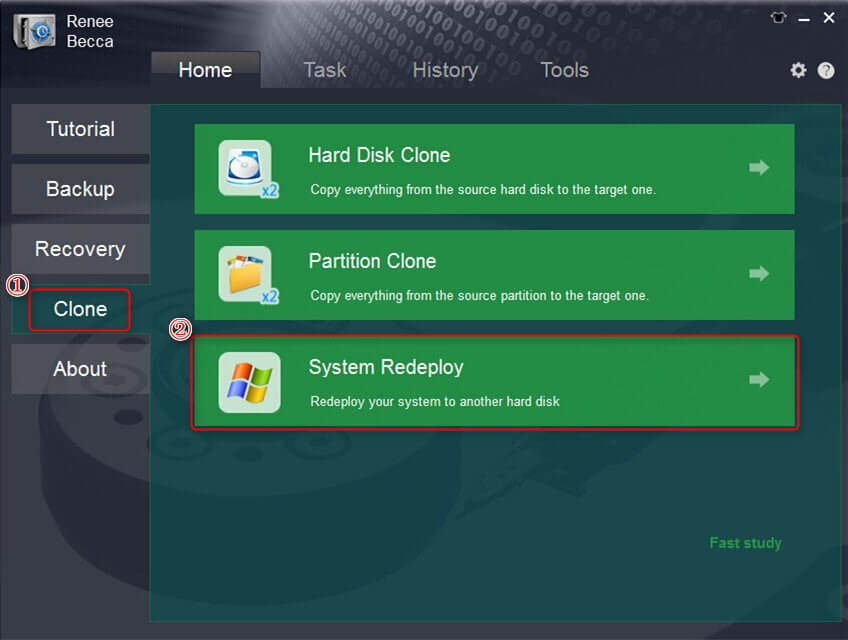
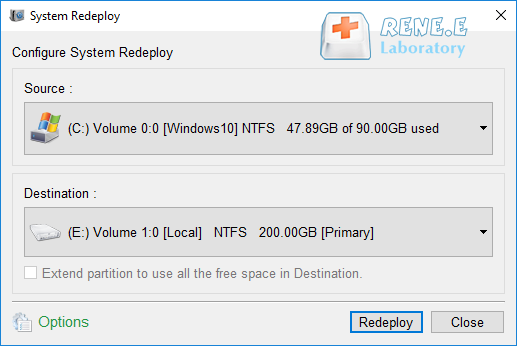

Automatic 4K alignment Improves SSD performance during system migration.
Support GPT and MBR Automatically adapt to the suitable partition format.
Support NTFS and FAT32 Redeploy various files in different file systems.
Back up quickly Back up files at up to 3,000MB/min.
Overall backup schedule Support system redeployment/system backup/partition backup/disk backup/disk clone.
Automatic 4K alignment Improve SSD performance
Support GPT and MBR Intelligently adapt to a partition format
Support NTFS and FAT32 Redeploy files in different file systems
Free TrialFree TrialNow 2000 people have downloaded!Relate Links :
Mastering Moving C Drive to SSD: A Step-by-Step Guide
30-07-2024
Amanda J. Brook : This article provides a thorough guide for moving your C drive to an SSD, including preparation, using cloning...
How to clone a M.2 SSD on a PC with only one M.2 slot?
01-06-2024
Ashley S. Miller : This article details how to utilize an external adapter and cloning tool to achieve M2 PCIe SSD data...
Clone OS to SSD: Ensuring a Seamless Transition
12-10-2023
Ashley S. Miller : Learn how to clone your OS to an SSD with this comprehensive guide, including the importance of 4K...
Upgrade Your HDD to SSD with Samsung SSD Clone Software
25-01-2024
Ashley S. Miller : Upgrade your computer's speed with a Samsung SSD. Enjoy fast read and write speeds, high performance, small size,...
- Solution 1: Checking Hard Drive Status in BIOS Settings
- Solution 2: Updating BIOS to the Latest Version
- Solution 3: Loading BIOS Defaults
- Solution 4: Enabling CSM in BIOS Settings
- Solution 5: Checking Storage Specifications for Your Motherboard
- Solution 6: Confirming the Hardware
- Using Renee Becca to Migrate Windows 10 System
- 1. Use Renee Becca to Migrate Windows 10 System
- Conclusion




